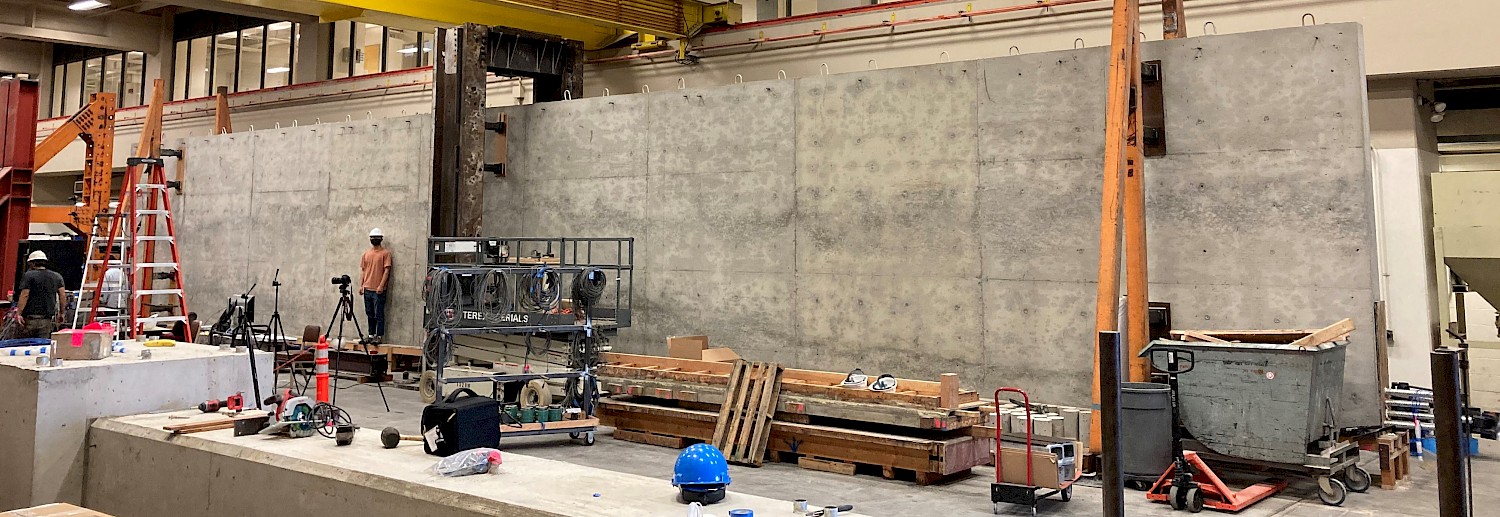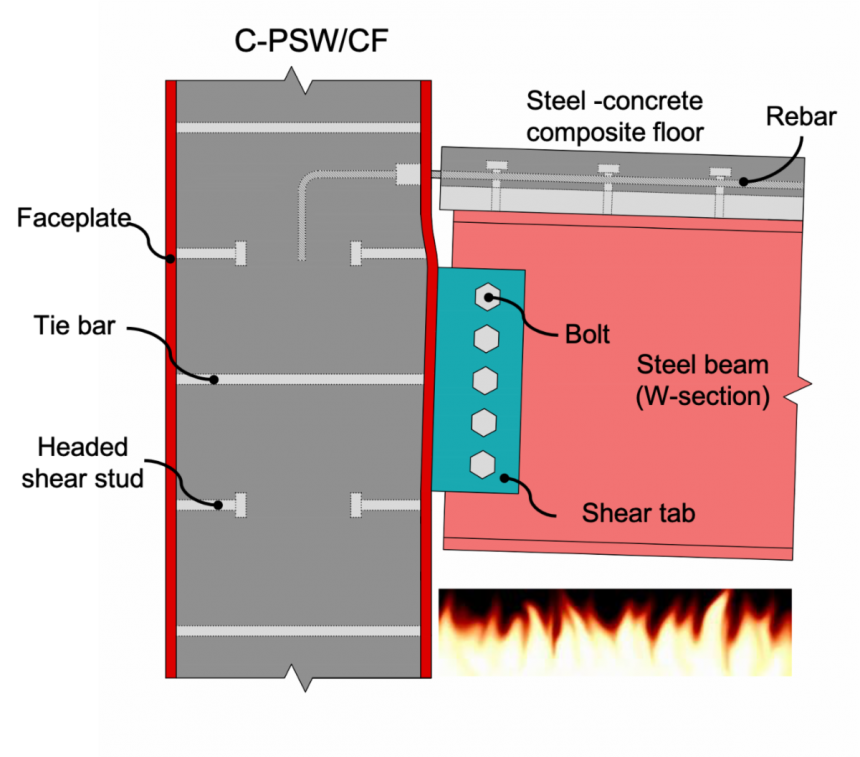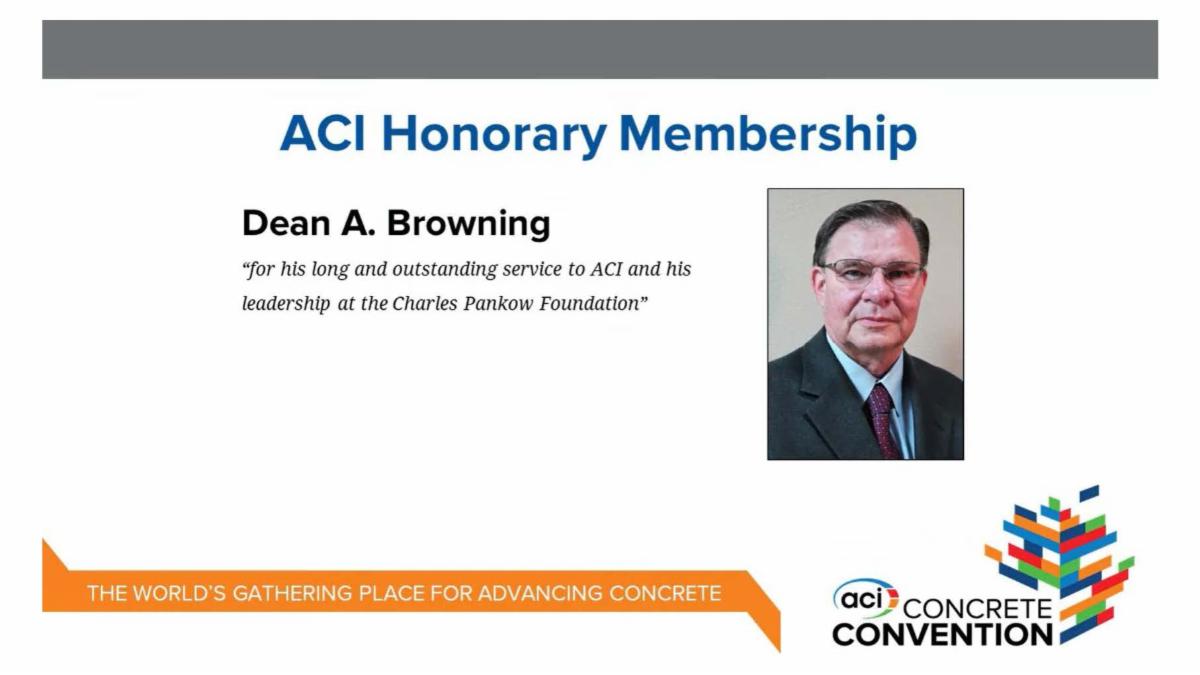SpeedCore Research Bolted Splice Details for Composite Plate Shear Walls—Concrete Filled
The Charles Pankow Foundation (CPF) is pleased to announce the award of a new research grant to University at Buffalo and Principal Investigator Michel Bruneau. The results of this work is intended to provide experimentally-verified bolted splice details for Composite Plate Shear Walls—Concrete Filled, also known as SpeedCore. Field bolted splices may be preferable especially in non- seismic regions, regions of moderate seismicity, and where wind demands exceed elastic seismic demands and govern splice design. Read more









